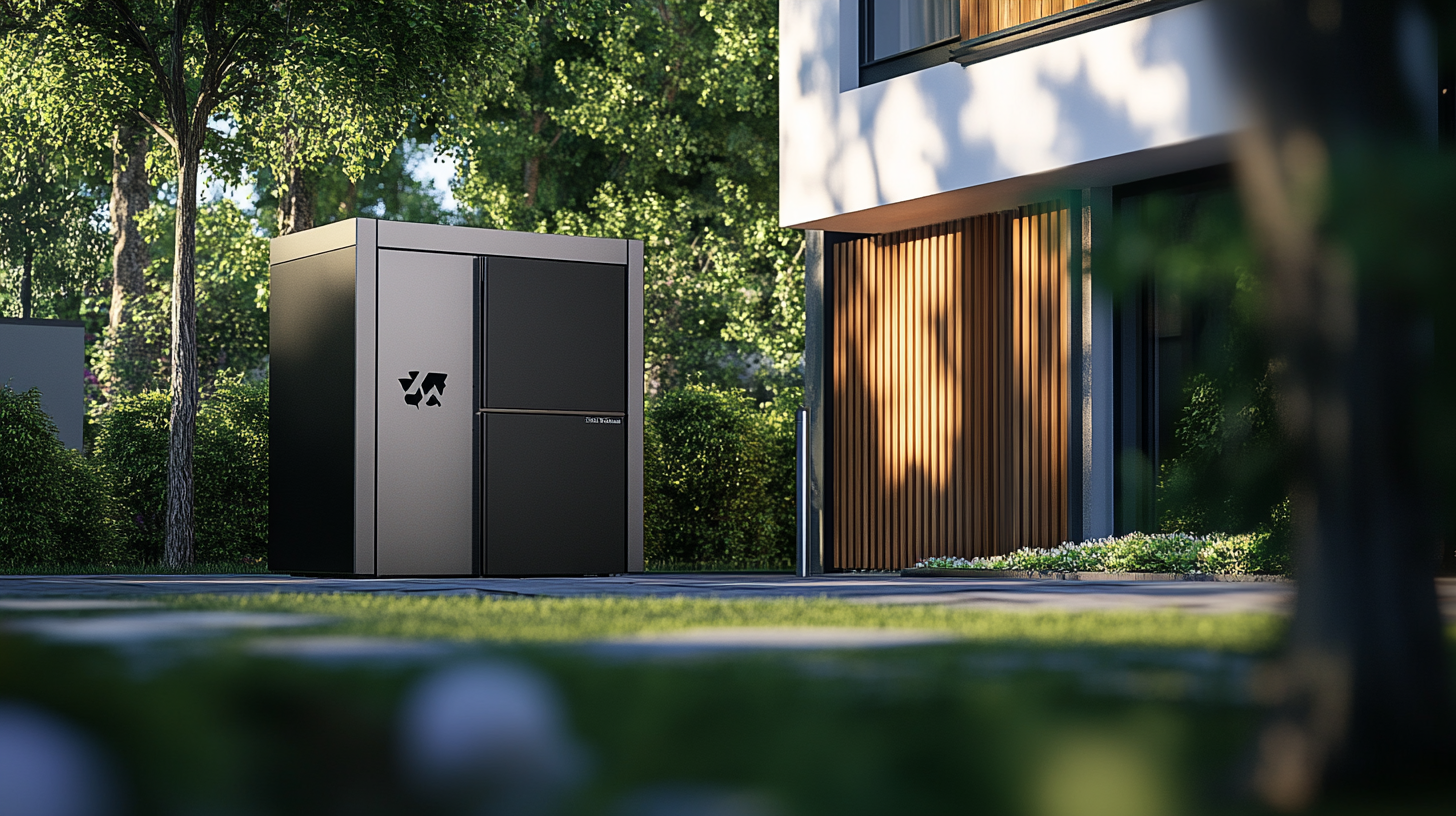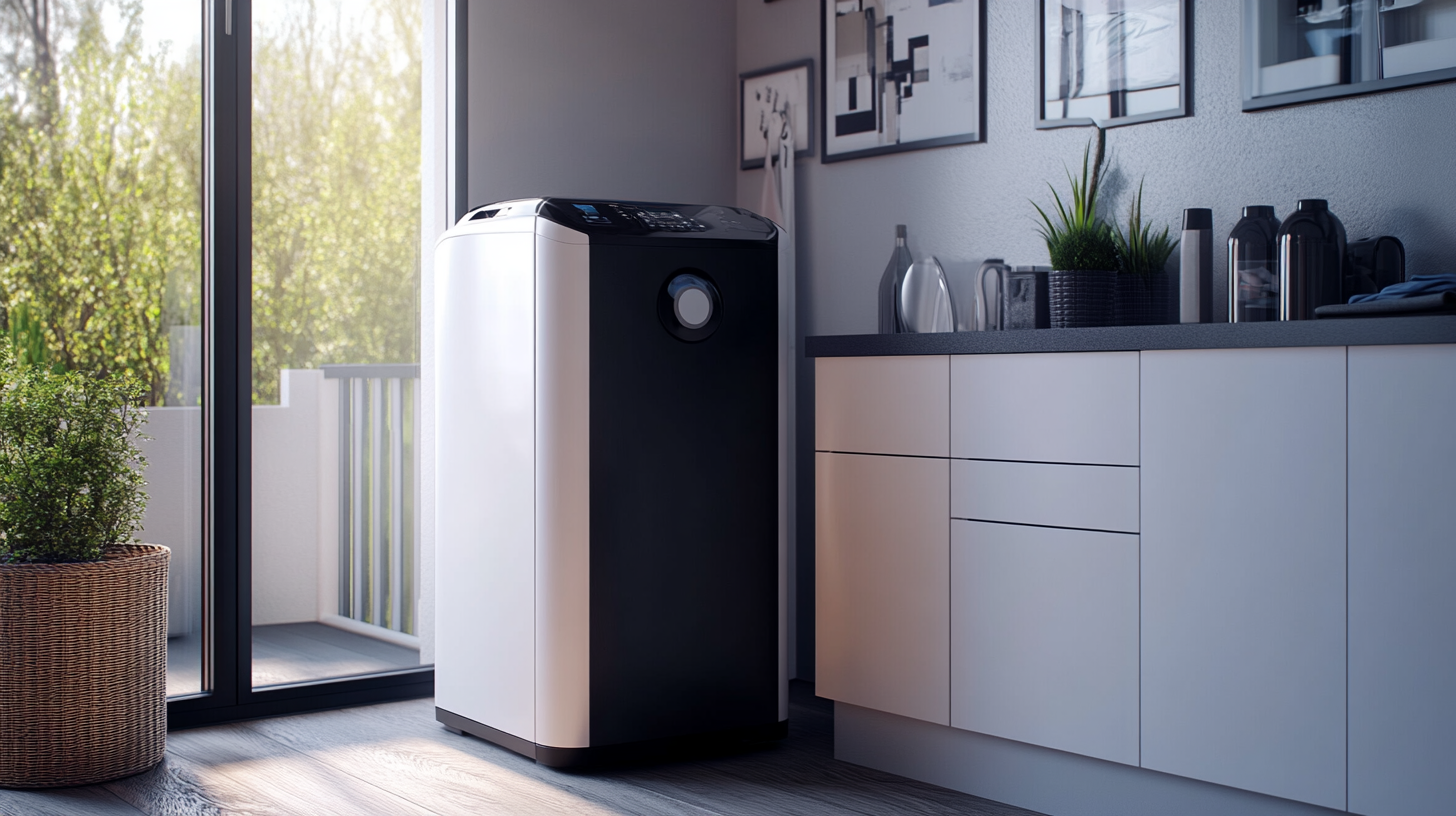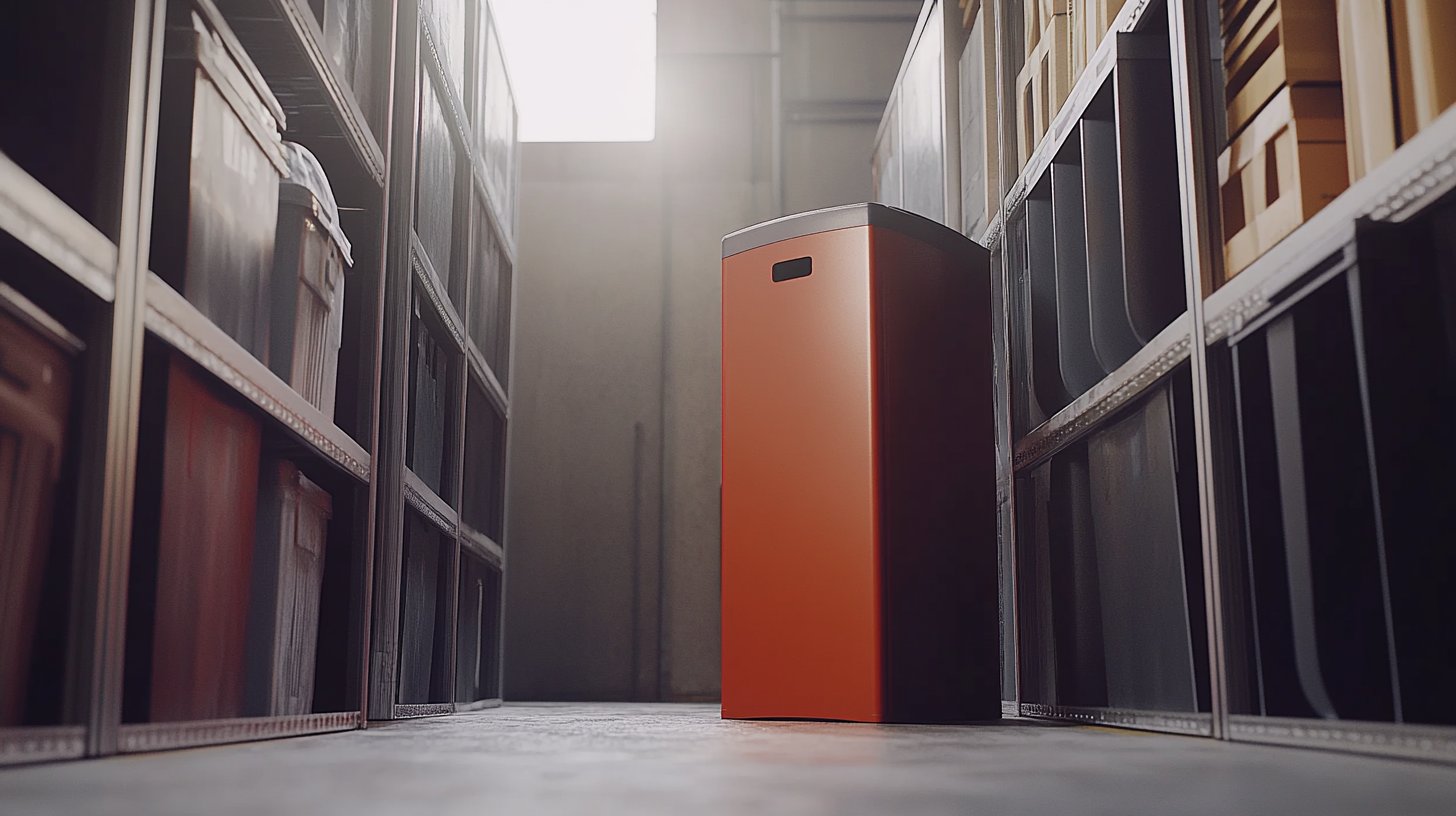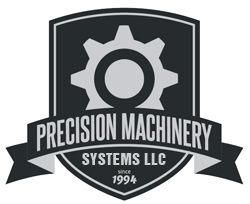Ultimate Guide to Compactor Home Essentials for Global Buyers Seek Efficient Waste Management Solutions
In today’s fast-paced world, efficient waste management has become a crucial consideration for homeowners around the globe. As more individuals seek sustainable solutions to managing their household waste, the demand for effective tools has surged. Enter the "Compactor Home" systems, designed not only to reduce the volume of waste but also to make life simpler by minimizing the frequency of disposal trips. This guide aims to illuminate the benefits of incorporating compactors into the home environment, catering to the needs of global buyers who prioritize both efficiency and ecological responsibility.
Choosing the right waste management solution involves understanding the nuances of compactors, including their functionality, types, and the specific advantages they offer to different households. This comprehensive overview will delve into the essential features, installation considerations, and maintenance tips of compactor systems. Whether you're looking to optimize your kitchen space, streamline your recycling efforts, or simply reduce clutter, this guide will provide invaluable insights into becoming a part of the environmentally-conscious movement through practical "Compactor Home" solutions. Join us as we explore how these innovative systems can transform your approach to waste management.

Understanding the Importance of Waste Management in Modern Homes
In today's fast-paced world, efficient waste management has become a cornerstone of modern living. As urban populations grow and lifestyles evolve, the importance of effective waste management in homes cannot be overstated. Not only does it contribute to a cleaner, healthier environment, but it also promotes sustainability by reducing the amount of waste that ends up in landfills. A well-implemented waste management strategy allows households to minimize their ecological footprint while optimizing resources. Incorporating waste management solutions in our daily routines fosters a culture of responsibility among family members. From teaching children about recycling to encouraging composting, these practices cultivate awareness and inspire individuals to take an active role in environmental stewardship. Additionally, modern compactor home essentials provide convenient and efficient means to manage waste effectively. By compressing and organizing refuse, these tools greatly reduce the volume of waste, leading to fewer trips to the disposal site and less effort in maintenance. Furthermore, investing in intelligent waste management systems also aligns with the global shift towards smart home technologies. With the integration of sensors and connectivity features, homeowners can monitor waste levels and receive alerts for disposal needs. This not only streamlines waste management processes but also allows households to adapt their practices based on real data, making informed decisions that further enhance their environmental impact. Ultimately, understanding the importance of waste management in modern homes is not just about keeping our spaces tidy; it is about embracing a sustainable future for the generations to come.

Essential Features to Look for in Home Compactors
When searching for the perfect home compactor, several essential features can greatly enhance your waste management experience. One of the first attributes to consider is the compactor's size and capacity. A unit with a larger capacity allows you to compress more waste, reducing the frequency of bag changes. This is particularly useful for families or individuals who generate a significant amount of waste. Opt for a compactor that fits comfortably in your space while accommodating your typical waste volume.
Another crucial feature is the compactor's power and efficiency. Look for models that boast a robust motor and efficient crushing mechanism. A powerful motor ensures thorough compression, minimizing the volume of waste and maximizing your compactor's effectiveness. Additionally, energy efficiency ratings can offer insight into how much electricity the unit will consume, which can influence your utility costs over time.
Noise levels are also an important consideration. Many compactors operate at varying decibel levels, and for those living in close quarters or urban environments, a quieter model can be a significant benefit. Check product reviews and specifications to find a compactor that operates discreetly without disrupting your home’s ambiance. Lastly, features like odor protection and easy-to-use controls can elevate your overall experience, making waste disposal more convenient and hygienic.

Types of Home Compactors: Which One is Right for You?
When considering a trash compactor for your home, it is vital to explore the different types available to make an informed choice. Trash compactors can significantly reduce the volume of waste, allowing you to fit five times the amount of garbage into each bag. This not only creates more space in your kitchen but also aids in efficient waste management, making it a suitable solution for eco-conscious households.
There are typically two main types of home compactors: the freestanding models and built-in versions. Freestanding compactors are standalone appliances that can be placed anywhere in your kitchen, offering flexibility in installation. These models are ideal for homes lacking built-in cabinetry or those looking for a portable concept. On the other hand, built-in compactors blend seamlessly with your kitchen design, giving a polished and integrated appearance. They are usually more expensive but can add significant value to your home.
When selecting a compactor, consider your kitchen space and waste disposal needs. Ensure you have adequate room for the appliance while factoring in its electrical requirements and accessibility. Robust features like an odor management system and noise reduction options can enhance your user experience. Ultimately, the right compactor can simplify waste disposal, making it an essential addition to your home for both convenience and environmental responsibility.

Tips for Efficiently Using Your Home Compactor
When it comes to efficient waste management in homes, a compactor can be a game-changer. According to a 2022 report by the Environmental Protection Agency (EPA), residential waste in the United States amounted to over 292 million tons, with a significant portion generated by single-family homes. Utilizing a compactor not only reduces the volume of waste but also promotes more responsible disposal habits, ultimately leading to a decrease in landfill contributions.
To maximize the effectiveness of your home compactor, it's essential to understand proper usage techniques. Firstly, ensure that you don’t overload the machine; excessive waste can hamper the compacting process and cause mechanical issues. The EPA highlights that compactors can reduce waste size by up to 75%, but this reduction is most effective when materials are appropriately sorted and disposed of. For example, broken-down cardboard boxes and empty plastic containers should be compacted separately from organic waste to enhance recycling efforts.
Regular maintenance is another key factor for optimal compactor performance. Keeping the unit clean and checking for blockages can prevent malfunctions and prolong its lifespan. A study by Waste Management and Recycling indicates that neglected compactors can lead to operational inefficiencies, increasing energy consumption by as much as 30%. By dedicating time to maintain your compactor, you not only ensure its efficiency but also contribute positively to your home’s environmental footprint.
Environmental Benefits of Using a Compactor for Waste Reduction
The environmental benefits of using a compactor for waste reduction are profound and multifaceted. According to the Environmental Protection Agency (EPA), approximately 292.4 million tons of municipal solid waste were generated in the United States in 2018. This waste contributes to landfills, which are significant sources of methane—a greenhouse gas that is 25 times more potent than carbon dioxide over a 100-year period. By incorporating compactors into waste management practices, households can significantly reduce the volume of waste that ends up in landfills, thereby mitigating harmful emissions and promoting a healthier environment.
Utilizing a compactor can reduce waste volume by up to 75%, as reported by the Waste Management Journal. The mechanical compression of waste minimizes the space taken by refuse, allowing more material to be processed efficiently. This reduction not only conserves landfill space but also lowers transportation emissions, as fewer trips to the landfill are necessary. Consequently, this efficiency aligns perfectly with global sustainability goals, including the United Nations’ Agenda 2030, which advocates for responsible consumption and production.
Furthermore, a study published by the Journal of Cleaner Production highlights that businesses implementing compactors observed a significant decrease in waste-related disposal costs. With rising disposal fees and increasing awareness about corporate social responsibility, adopting compactors could lead to substantial economic benefits alongside environmental gains. By reducing the amount of waste generated and streamlining the disposal process, both individuals and organizations can actively partake in the shift toward a more sustainable waste management approach.

